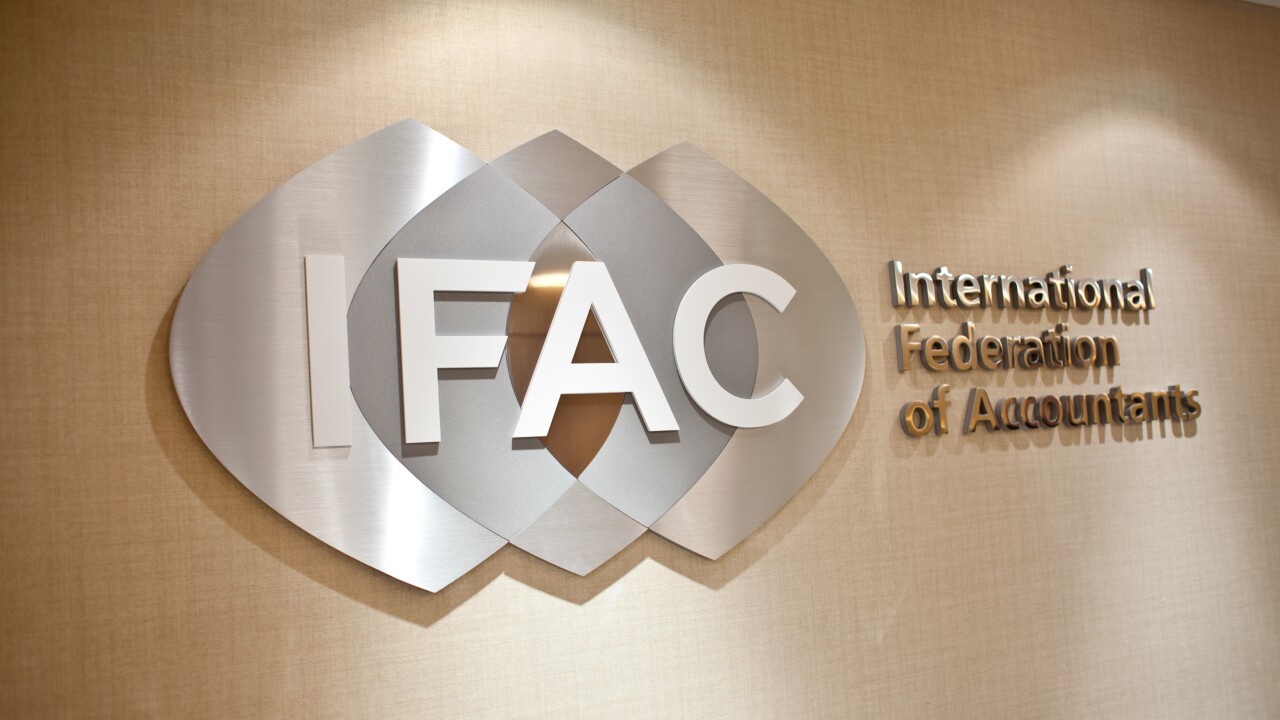If you thought last tax season was challenging, brace yourself. Many of the conditions that prompted the IRS Taxpayer Advocate Service to describe 2021 as “the most challenging year taxpayers and tax professionals have ever experienced” are back. And they brought some friends.
There are several items to which tax professionals should give special attention when preparing filings this season.
Advance child tax credit payments
Hopefully your clients are watching their mail for IRS Letter 6419. If they have already received it, hopefully they did not recycle it. The letter, which began going out in late December, provides documentation on the advance child tax credit payments that were issued during 2021.
One aspect of Letter 6419 that could cause confusion is the fact that both parents will receive a letter in some cases. The TAS, in a
How is it determined who will get two letters? The explanation provided by the TAS is a little confusing. It identifies parents who claimed “married filing jointly” on the return that was used by the IRS to calculate the advance payments and parents who “will be filing a joint tax return for 2021” as those who should expect two letters. It is unclear how the IRS is determining who will be filing a joint return.
If that is not confusing enough, the IRS announced on January 24 that some of the letters already mailed out by the IRS may contain errors. It did not give numbers on how many potentially bad letters went out, but noted they were related to taxpayers who moved or changed bank accounts in December 2021.
To ensure the information related to the child tax credit is correct, the best practice may be to confirm the amounts using the Child Tax Credit Update Portal on IRS.gov. An updated IRS webpage at
Recovery rebate credits
IRS Letter 6475, which filers were supposed to receive by the end of January 2022, relates to the economic impact payments, commonly known as stimulus payments, that were issued in 2020 and 2021. Those who either did not receive a 2021 stimulus payment, which would have been issued between March and December 2021, or who did not receive the full amount to which they were entitled, may be eligible to receive a recovery rebate credit. IRS Letter 6475 will contain the information that is needed to determine eligibility.
The IRS issued a
Unemployment income
While the number of people filing for unemployment benefits decreased steadily throughout 2021, tax professionals may still be helping more people than normal with filings that include unemployment income. For taxpayers with unemployment income, it’s important to note that the provision provided by the American Rescue Plan Act, which allowed for up to $10,200 in unemployment benefits to be exempted from taxes in 2020, is no longer in effect.
The federal, state or local agency that provided the benefits will report them to the taxpayer on Form 1099-G. In early 2021, the IRS issued a news release warning taxpayers of schemes in which stolen identities were being used to claim unemployment benefits. It advised anyone who received a Form 1099-G reporting income that they did not collect to report it to the appropriate agency and request a corrected form.
Home office expenses
Taxpayers seeking to claim deductions related to home office expenses may need help understanding those deductions typically do not apply to workers who shifted to remote work as a result of the COVID pandemic. IRS
Generally, the provisions related to home office deductions apply to those who are self-employed or independent contractors. Those who participate in the gig economy, which the IRS defines as people who “earn income providing on-demand work, services or goods,” can also typically claim the deductions.
Employee retention credits
The passage of the Coronavirus Aid, Relief, and Economic Security (CARES) Act in early 2020 established employee retention credits in an effort to bring tax relief to certain qualifying businesses. The Infrastructure Investment and Job Act signed by President Biden in late 2021 set an expiration date of Sept. 30, 2021, for the credits.
In general, the credits are available to businesses that either were ordered by the government to close due to the pandemic or saw a significant drop in gross receipts as a result of the pandemic. Tax professionals should pay special attention to businesses that may have received tax credits for the final quarter of 2021 in advance as those credits will need to be repaid to avoid penalties.
Processing delays
While the IRS has





